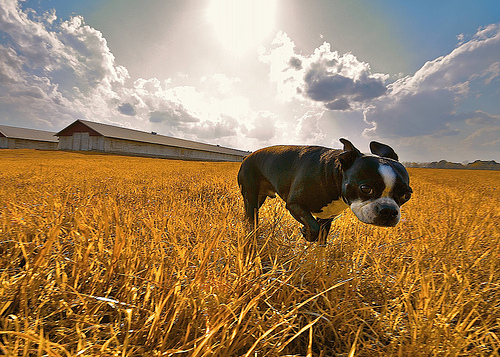
Part II: Wide Angle Lens
This week features a series titled: “DSLR Filmmaking & Lenses: What You Should Know Now,” a series of blog posts explaining the importance and benefits of specific types of camera lenses (ultra wide, wide, normal, portrait, telephoto) by contributor Jeff Bauer
A wide angle lens is considered to be any lens with a focal length between 24mm and 35mm on a full-frame camera sensor. At this perspective, the lens will show less barrel distortion than an ultra wide angle lens, but produce shallower depth of field; better for close ups.
There are two different types of wide angle lenses: Short-focus and retro-focus. DSLR style cameras can only use retro-focus lenses because of the way the sensor is built into the camera. To achieve a high quality, low distortion wide angle lens compatible with DSLR’s, asymmetrical designs became the choice for manufacturers. This design shifts the focal plane of the lens further back than normal, retaining the characteristics present in other lenses such as viewing and focusing.
There are plenty of quality wide angle lenses out there, but choosing which one can be tricky. There are prime lenses which have a fixed focal length (ex. 28mm) and zoom lenses (ex. 11-17mm) that have a variable focal length. Each type of lens has it’s advantages and disadvantages both in quality and flexibility. Overall, it’s really important to do research on all the different lenses before you come to a decision. Be sure to compare the image quality, distortion, any chromatic aberrations, and vignetting.
A zoom lens can be very useful, covering a wide range of focal lengths, but most tend to have slow, variable apertures (ex. f3.5 – f5.6). If the lens does have a fixed aperture, the actual size and weight of the lens ends up being significantly larger and heavier along with an increase in price.
Prime lenses can realistically have any sized aperture, but the higher quality ones will have fixed speeds such as f2.0, f1.6, or f0.95. These are also equally expensive and lack the variable focal length present in zoom lenses, but usually end up with the finest glass, and effectively the best looking footage at a specific focal length.
Wide angle lenses are best used for landscapes, time-lapses, POV camera work, and documentary films.
Next – Part III: Normal Angle Lens
